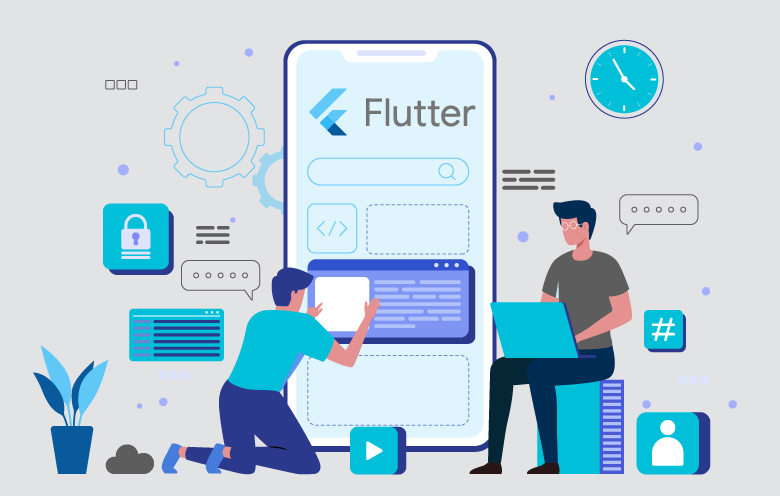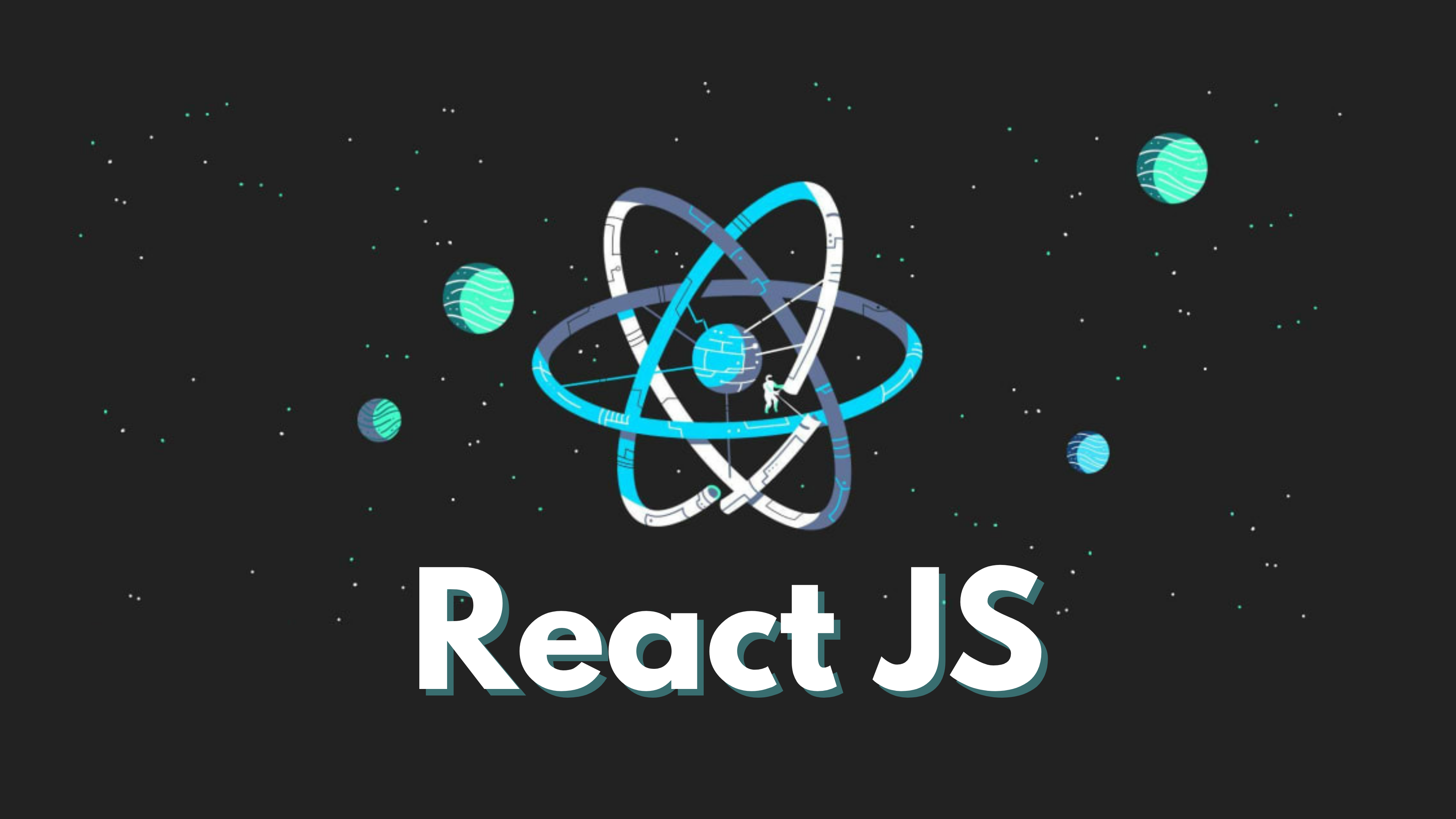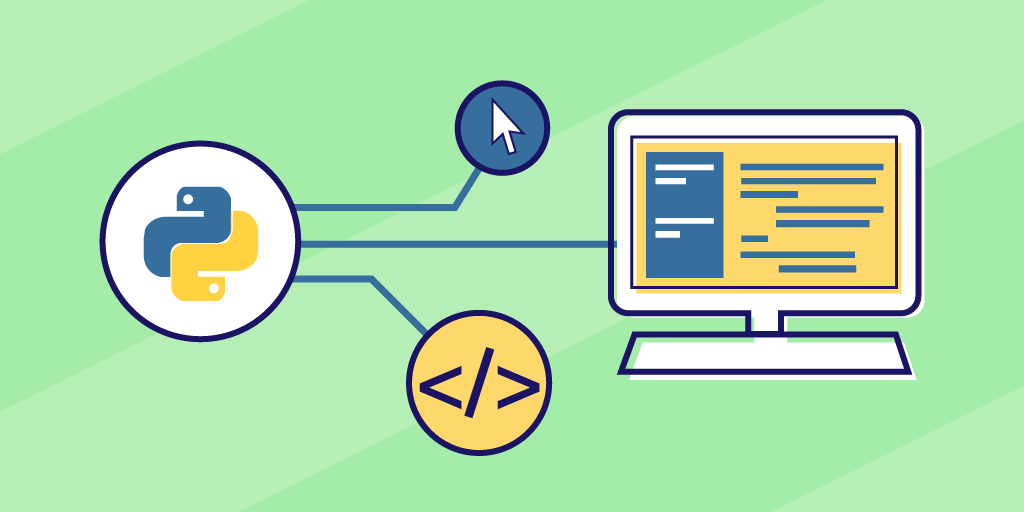Nowadays, over 30% of tasks are fulfilled by chatbots. From customer support to generating leads and providing the correct information, a chatbot can help with anything. The top examples of chatbots- Siri, Alexa, Cortana, etc., have clarified how chatbots can make a difference to businesses and customers. Today, they don’t have to stand in long queues just to connect with a customer service representative.
In fact, customers can connect with an online chatbot, simply type in or voice command their queries, and the AI bot will help you with the right solution as per its natural language processing and machine learning algorithms. The best part, this saves time for customer service agents who can now focus on more important tasks rather than answering single customer queries.
These intelligent bots are adept at imitating natural languages, and human conversations, so different industries are adopting it. From eCommerce to healthcare organizations, all enterprises leverage this tool to drive business benefits.
In this article, we’ll help you how to build a chatbot using the world’s #1 programming language, Python.
What is a chatbot?
The AI bots are designed to interact with humans. They converse via auditory or textual methods and can effortlessly mimic human languages to communicate and solve their issues and queries. There are two different types of chatbot- rule-based and self-learning. The rule-based approach trains a chatbot to answer the questions based on pre-determined rules on which they are taught. These are adept in handling simple queries quite well and aren’t reliable enough in case of complicated questions and requests.
Self-learning bots are chatbots that can learn on their own. They leverage leading-edge technologies like artificial intelligence and machine learning to train themselves based on the instance and behaviors. These are much smarter than rule-based chatbots as no human intervention is required and can offer reliable and accurate responses to the customers.
The steps to building a chatbot
The best way to build a Chabot is to hire a mobile app developer in Gurugram and ask them to create this tech product for you. That said, the following are some steps to help you build a chatbot quickly.
#1: Prepare dependencies
Firstly, you need to install the ChatterBot library in your system. It is highly recommended that you create and use the Python virtual environment for the installation. To do so, execute the following command in your Python terminal.
pip install chatterbot
pip install chatterbot_corpus
Or, you can install ChatterBot’s latest version directly from GitHub. Write and execute the code: pip install git+git://github.com/gunthercox/ChatterBot.git@master
#2: Import classes
You need to import two classes- ChatBot from chatterbot and ListTrainer from chatterbot.trainers. Execute the following command to do so:
from chatterbot import ChatBot
from chatterbot.trainers import LisTrainer
#3: Create and train the chatbot
The chatbot you create will be an instance of the class ChatBot. After making that instance, you need to train the chatbot to improve its performance. Training your instance allows the bot to gain enough knowledge and get started with specific responses to specific user input. You must execute the following command:
my bot = ChatBot (name=’PyBot’, read only=True,
logic adapters=
[‘chatterbot. logic.MathematicalEvaluation’
“chatterbot. logic.BestMatch’])
You need to feed in specific inputs to your chatbot depending on whatever you want it to do. You can provide a list of responses, specify its list that can be later used to train your Python chatbot, and find the best match for the query.
#4: Communicate with Python chatbot
To interact with your Python chatbot, you can use the .get_response() function. However, remember that a chatbot might not answer all the questions, and its knowledge and training are minimal. So, you need to give it time and train it on additional data sets to achieve desired results.
#5: Train your python chatbot with a corpus of data
Here you can use an existing corpus of data via the following code:
from chatterbot.trainers import ChatterBotCorpusTrainer
corpus_trainer = ChatterBotCorpusTrainer(my_bot)
corpus trainer. train( ‘chatterbot.corpus.english’)
The best part is ChatterBot offers this functionality in several different languages, so you can specify the subset of a corpus in any language you prefer.




